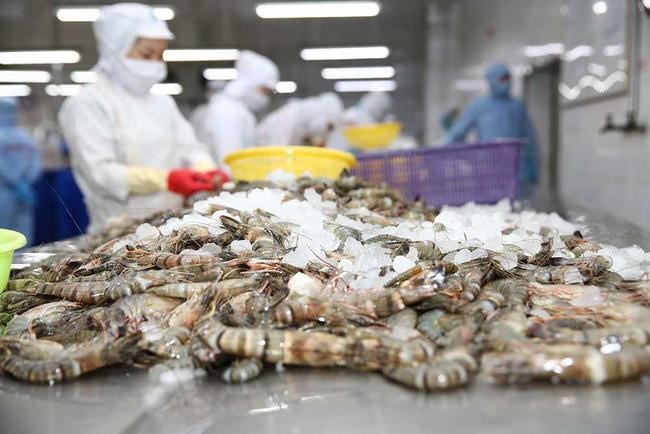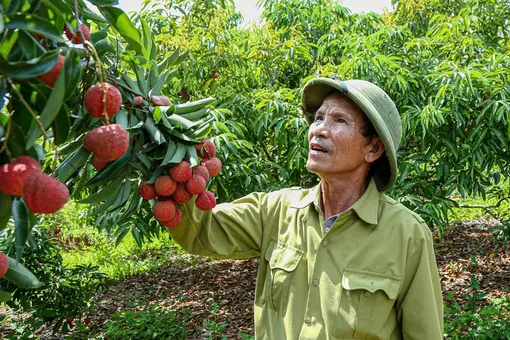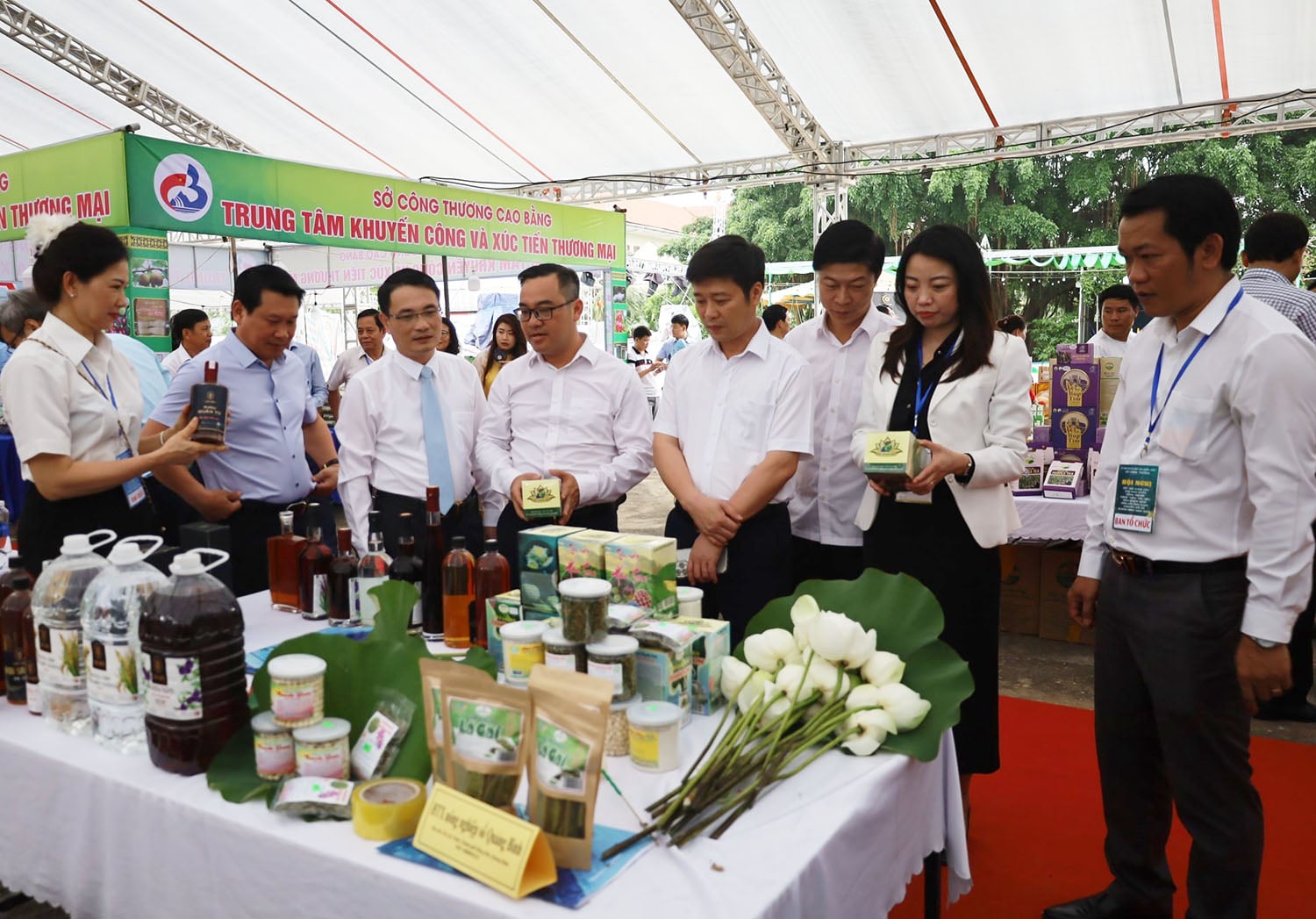Singapore has reduced seafood imports from nearly 100 countries and territories, however, Vietnam is still among the countries with the largest seafood market share in this island nation.
 |
| Vietnam is still among the countries with the largest seafood export market share in the Singapore market. (Photo: Nha Chi) |
According to the Vietnam Trade Office in Singapore, in the first 9 months of 2024, Singapore imported seafood from nearly 100 countries and territories with a total import turnover of about 839.1 million SGD (635.24 million USD), down 4.51% over the same period in 2023.
However, Vietnam is still among the countries with the largest seafood market share in Singapore and for the first time, Vietnamese seafood has maintained the 5th position for 3 consecutive quarters.
Statistics from the Singapore Enterprise Authority show that the seafood product group accounts for a large proportion in the Singapore market, including: Shrimp, crab, crustacean seafood group (HS0306), accounting for 24.24% of total market consumption; followed by Fresh and chilled fish group (HS0302), accounting for 18.71%; Frozen fish group (HS0303) accounting for 18.55%; Fish fillets, chilled or frozen fish meat group (HS0304), accounting for 16.94%; Mollusc seafood group (HS0307) accounting for 10.46%...
Product groups such as fresh fish, processed fish and aquatic products account for relatively low proportions, at 3.55%; 4.81% and 2.73% respectively.
Among the top 15 seafood exporting countries to the Singapore market, Malaysia continues to lead, followed by Indonesia, Norway, China and Vietnam.
The seafood market share of the Singapore market is generally still divided equally among partners because each country has its own export strengths, of which the 6 countries with the largest market share account for 9-13%, specifically Malaysia (13.42%), Indonesia (10.98%), Norway (10.34%), China (9.81%), Vietnam (9.22%) and Japan (8.42%).
Malaysia has strengths in fresh fish and shrimp, crab and crustacean products with market shares in these two segments of 31.35% and 20.24% respectively. Norway and Spain have strengths in fresh chilled and frozen fish products.
Vietnam dominates the Singapore seafood market with frozen fish fillet products (accounting for 29.57%) and processed fish (accounting for 19.57%).
China has an advantage in mollusc products (29.34% market share) and Japan has an advantage in aquatic products (40.16% market share). The remaining market share is divided equally among more than 90 other partners, including Chile, India, Australia, Thailand, the US, etc.
In its policy of diversifying supply sources, Singapore continuously seeks and expands import markets with various policies. This makes competition among countries exporting seafood to Singapore increasingly fierce.
In the first 9 months of 2024, Vietnam's seafood export turnover to the Singapore market decreased by 2.51% (export value reached nearly 77.36 million SGD), accounting for 9.22% market share, although there was a good increase in the Fresh Fish group - HS0301 (up 19.33%), but there was a sharp decrease in 3 product groups: Chilled Fresh Fish Group (down 46.56%), Frozen Fish Group (down 35.42%), Aquatic Products Group - HS0308 (down 35.9%).
According to Mr. Cao Xuan Thang, Commercial Counselor, Head of the Vietnam Trade Office in Singapore, the above statistics demonstrate the important position and role of Vietnamese seafood in the Singapore market.
However, to be able to increase market share sustainably, improve the ranking and export value of seafood to Singapore, Vietnam needs to continue to improve the quality of seafood products.
On the other hand, high inflation and tightening spending trends are also significant challenges for the seafood industry of countries exporting to Singapore, including Vietnam. Any country that can take advantage of logistics and reduce costs will create a greater competitive advantage in exporting goods to this island nation.
Source: https://baoquocte.vn/thuy-san-viet-nam-lan-dau-tien-duy-tri-vi-tri-so-5-trong-3-quy-lien-tiep-tai-singapore-291529.html


![[Photo] Living witnesses of the country's liberation day present at the interactive exhibition of Nhan Dan Newspaper](https://vstatic.vietnam.vn/vietnam/resource/IMAGE/2025/4/27/b3cf6665ebe74183860512925b0b5519)
![[Photo] Magnificent rehearsal of the parade to celebrate the 50th anniversary of national reunification](https://vstatic.vietnam.vn/vietnam/resource/IMAGE/2025/4/27/9d03de12cfee4bd6850582f1393a2a0f)

![[Photo] Foreign tourists impressed by the way history is conveyed through interactive exhibitions at Nhan Dan Newspaper](https://vstatic.vietnam.vn/vietnam/resource/IMAGE/2025/4/27/6bc84323f2984379957a974c99c11dd0)
![[Photo] Special journey of a helicopter flying the flag, flying over the sky of Ho Chi Minh City, celebrating National Reunification Day](https://vstatic.vietnam.vn/vietnam/resource/IMAGE/2025/4/27/b6304a7ed5eb4e7e960d57de239e8ef9)
![[Photo] General Secretary To Lam receives Chairman of the Liberal Democratic Party, Japanese Prime Minister Ishiba Shigeru](https://vstatic.vietnam.vn/vietnam/resource/IMAGE/2025/4/27/63661d34e8234f578db06ab90b8b017e)





























































































Comment (0)